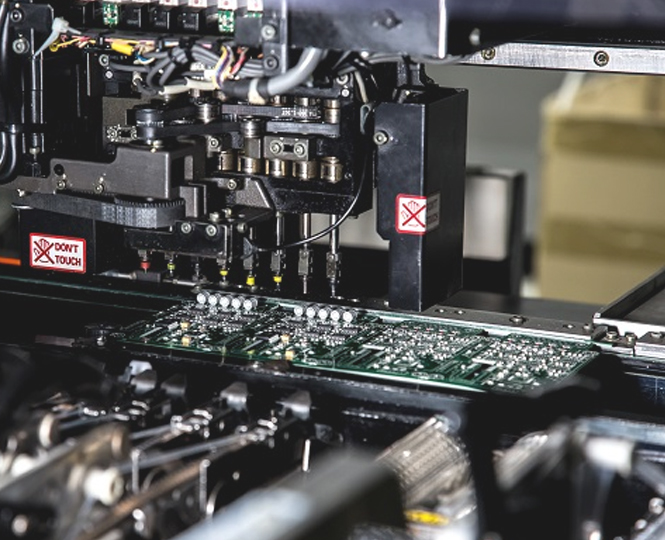What are the advantages and disadvantages of SMT and DIP respectively

SMT (Surface Mount Technology) and DIP (Dual In-line Package) are two common processes in PCB Assembly. SMT is a modern electronic component assembly technology mainly carried out by SMT equipment, while DIP is a more traditional process that often uses manual insertion. They each have their own advantages and disadvantages, which are analyzed as follows:
Advantages of SMT:
1. Miniaturization: SMT components are small in size, which can make the circuit board more compact, save space, and are suitable for the production of small electronic products.
2. High reliability: SMT components are pasted on the surface of the circuit board, with a large soldering area, which can improve the soldering strength and stability, reduce the defect rate of soldering, and improve the reliability of the circuit.
3. High production efficiency: SMT can achieve automated production, greatly improving production efficiency and reducing costs.
Disadvantages of SMT:
1. High environmental requirements: SMT requires a clean room environment, which increases the production cost.
2. Difficult to repair: SMT components are pasted on the surface of the circuit board, and special equipment is required to disassemble and replace them during repair, which is difficult.
3. Not suitable for high-power components: Due to the small size of SMT components, their heat dissipation capacity is limited, and they are not suitable for high-power components.
Advantages of DIP:
1. Wide range of applications: DIP is suitable for various components, including high-power components.
2. Convenient repair: DIP components are inserted into the vias, and can be directly replaced during repair, which is convenient.
3. Low cost: DIP equipment and process are relatively simple, and the cost is low.
Disadvantages of DIP:
1. Unstable soldering quality: Due to the small soldering area of components inserted into vias, it is easy to produce poor soldering, which affects the reliability of the circuit.
2. Large space occupation: DIP requires leaving vias on the circuit board, occupying a large space, which is not suitable for the production of small electronic products.
3. Low production efficiency: DIP requires manual insertion of components, which results in low production efficiency.
In summary, the differences between SMT and DIP are quite obvious, and they each have their own advantages and disadvantages. In the actual production process, the appropriate process should be selected based on specific circumstances. SMT is more suitable for small electronic products, while DIP is more suitable for high-power components and products with frequent repairs.

